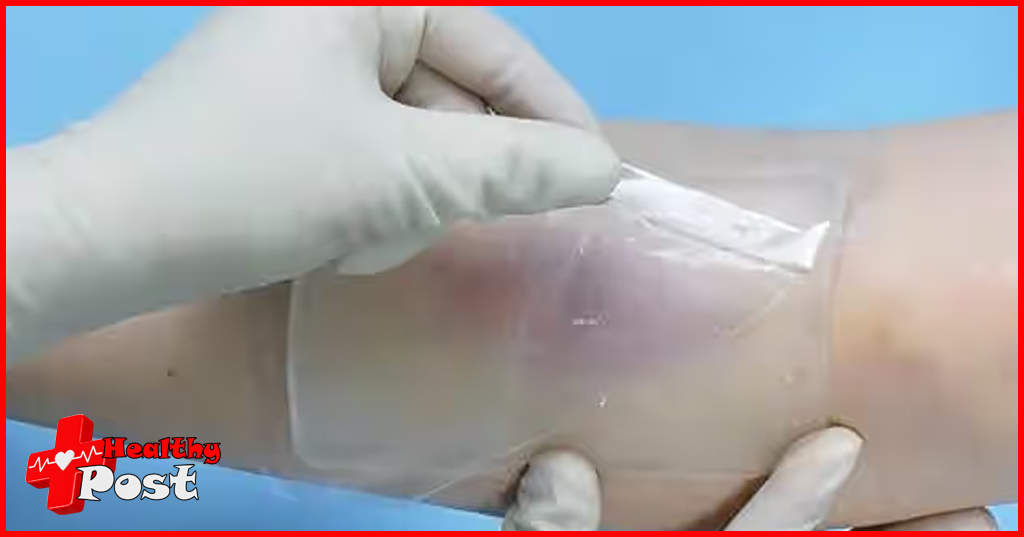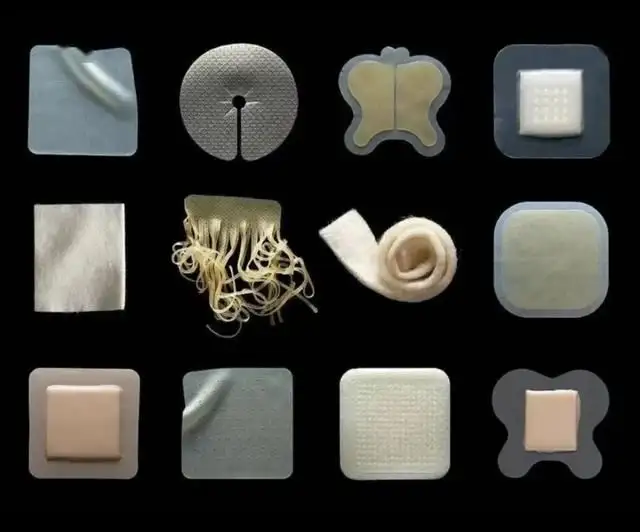
A new way of wound healing——moist healing
There are always bumps and bruises on the long journey of life, and wounds may appear accidentally. So let’s learn some relevant knowledge about wound healing!
What is moist healing?
There are two ways that wounds heal :
One is dry healing , also known as subcrust healing, in which the wound is directly exposed to the outside air, and substances such as blood, lymph, necrotic tissue or cell fragments coagulate to form a dark brown hard scab covering the wound surface.
One is moist healing , a treatment method that uses appropriate humidity to promote wound healing. Usually, a dressing is used to seal the wound to keep the wound slightly moist, which is called moist wound healing.
What are the advantages of moist healing?
1. Wet healing maintains the hypoxic microenvironment of the wound and promotes wound healing;
2. Wet healing is conducive to the removal of necrotic tissue;
3. Growth factors synergistically promote wound healing;
4. Promote cell migration and reduce scar formation.
As can be seen from the above, wet healing has the advantages of promoting wound healing and reducing scar formation in many aspects. It also has the advantages of not adhering to or tearing the wound when changing the dressing, protecting tissues and nerves, and reducing the pain of patients.
Related materials: After moist healing has been widely understood and accepted, a variety of new wound dressings have emerged, forming a moist environment under closed or semi-closed dressings to prevent excessive evaporation of wound exudate and the formation of dry scabs, providing the best environment for wound healing.
What are the new dressings?
There are many types of new medical dressings, which are favored by wound specialists and patients.

Hydrocolloid dressings:
The absorption capacity of exudate is average, and it is suitable for wounds with superficial injuries, such as abrasions, falls, etc.:
Foam dressings:
Poor adhesion and opaque, suitable for mild burns, skin grafts, surgical wounds and ulcer wounds;
Alginate dressings: used for heavily exuding wounds due to their great absorption characteristics;
Silver ion dressing: can inhibit the growth of many pathogens and is suitable for easily infected wounds. Such as drainage wounds, pressure sores and ulcers:
Hydrogel dressing: It causes almost no damage to tissues and relies on self-debridement of the wound. But requires the use of antibiotics for treatment.
There are many types of new dressings. But so far no dressing has the ideal characteristics of all dressings and is suitable for all stages of wounds, nor is any dressing suitable for all wounds. Therefore, when using new dressings, the indications of various dressings should be strictly follow. The wound should be comprehensively evaluated in combination with the individual conditions of the patient, wound type. Wound progression stage, and skin condition, so as to adapt to the treatment needs of wounds under different conditions.

